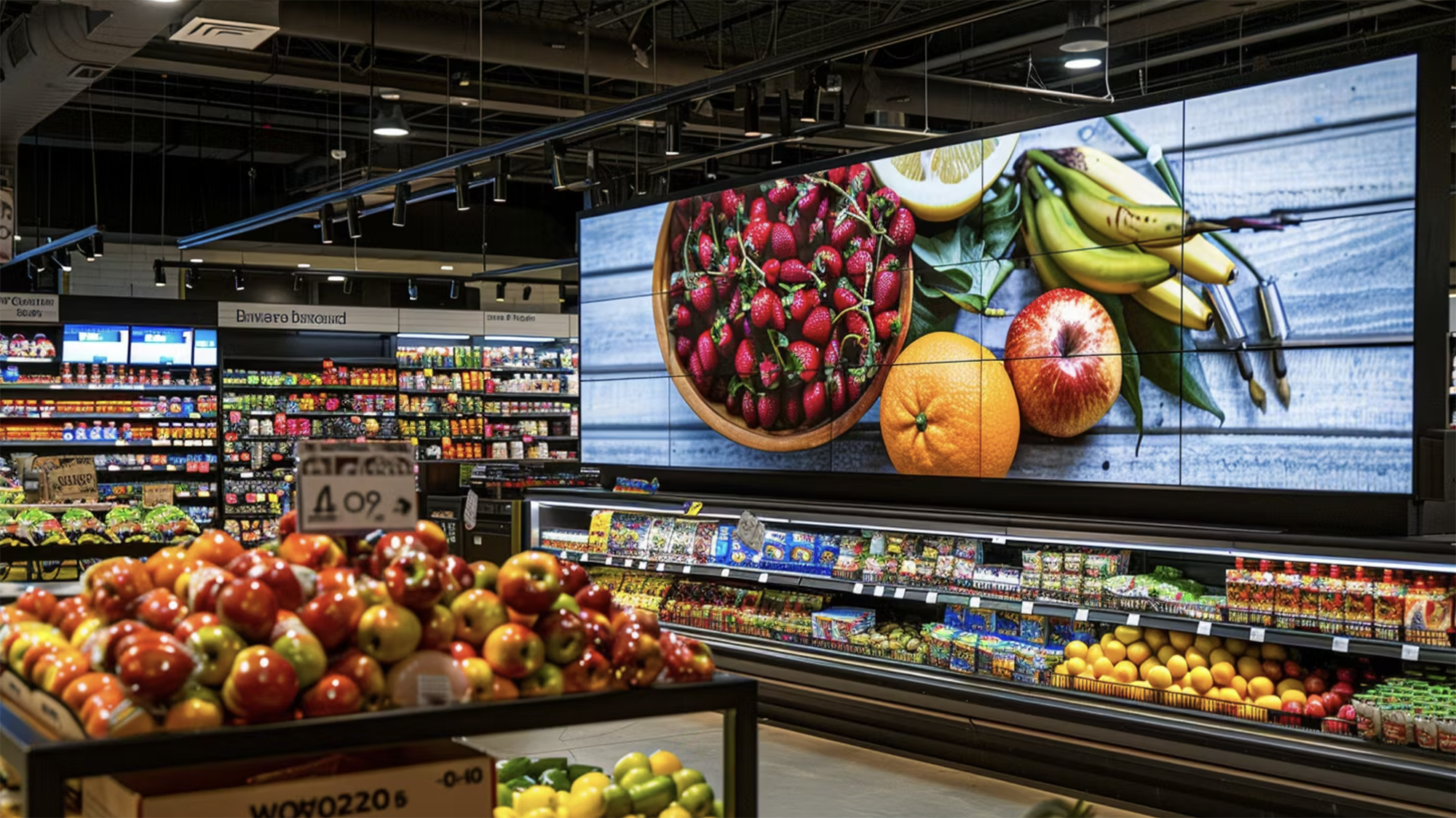5 Challenges Faced by Grocers While Leveraging Consumer Data

At A Glance
- 57% of grocers struggle to integrate consumer data across platforms, limiting personalization and performance
- Only 6% of grocers have scaled AI initiatives that depend on clean, structured data
- While 83% of grocers say personalization is a strategic priority, just 4% have the data maturity to deliver 1:1 experiences
- Shifting dietary behaviors—like GLP-1 use—demand more responsive, data-driven segmentation
- Traditional grocers risk losing up to $29B in sales by 2030 if they fail to modernize digital capabilities and data-driven operations
As consumer expectations continue to rise, grocers face increasing pressure to deliver seamless, personalized experiences across every channel. Shoppers today expect tailored recommendations, real-time availability, and consistent service whether they’re browsing online or shopping in-store. Meeting these demands hinges on the grocer’s ability to harness and activate consumer data effectively.
Yet despite years of investment, many grocers still struggle to transform their data into meaningful action. Recent research highlights five core challenges that continue to hinder progress and what grocers must address to stay competitive in a rapidly evolving market.
1. Gathering Actionable, Integrated Data
Despite years of digital investment, many grocers still struggle to centralize and unify shopper data. As highlighted in Grocery Doppio’s latest report on personalization, 57% of grocers cite data integration across internal systems as a major challenge. Fragmented data inhibits not just personalization, but also assortment planning, targeted offers, and inventory forecasting.
2. Overcoming Infrastructure Barriers to AI
AI holds promise in transforming the digital grocery experience, but most grocers are still early in their journey. The AI in Grocery Report reveals that while 53% of grocers conducted AI-led proofs of concept (PoCs) in the past year, only 6% were able to scale them successfully. The most commonly cited barriers include technical infrastructure challenges (71%), poor data integration, and the lack of a comprehensive strategy.
3. Activating Consumer Data for Personalization
Personalization isn’t just a strategic priority for grocers, it’s one of the clearest ways to translate consumer data into measurable impact. The State of Grocery Personalization report says that 83% of grocers rank personalization among their top business priorities, with 77% linking it directly to sales growth. Yet only 4% have managed to scale efforts like real-time segmentation or 1:1 offer delivery initiatives that depend heavily on clean, connected, and actionable data. For those that have, the payoff is real: a 6.2% increase in conversions and a 3.7% boost in basket size.
4. Adapting to Evolving Shopper Segments
Today’s consumers are diverse, health-conscious, and digitally engaged. Our Shopper Holiday Outlook and 2025 Digital Grocery Outlook reports reveal that 23% of holiday meals now account for GLP-1–driven dietary adjustments, and 36% feature a non-meat main entrée. These shifts demand more sophisticated use of consumer data, pushing grocers to move beyond basic demographics and toward real-time segmentation models that reflect health needs, behavioral patterns, and mission-based shopping journeys.
5. Competing with Digital-First Retailers
The competitive stakes are rising as national retailers and third-party platforms double down on data-centric strategies. Our State of Digital Grocery Evolve to Improve Profitability report has it that Walmart is projected to command 41.4% of the digital grocery market by 2030. Medium and small grocers, by contrast, risk losing up to $29 billion in sales if they fail to modernize how they use consumer data to power their operations.
Winning in this environment requires more than just having a digital storefront. Grocers must use consumer data to personalize offers, optimize fulfillment, and create seamless omnichannel experiences. Beyond immediate sales, this data also fuels higher-margin opportunities like retail media, data monetization, and increased lifetime value. In short, the ability to activate consumer insights isn’t just a growth lever—it’s essential for survival.
Conclusion
Consumer data is at the core of grocery’s digital transformation, but realizing its value requires more than collection. Grocers must integrate their systems, modernize infrastructure, and evolve their personalization strategies to meet rising shopper expectations. As shopper behaviors diversify and digital competition intensifies, those who can activate data intelligently and consistently will build stronger loyalty, unlock new revenue, and stay ahead. The path forward is clear: connect the data, know the customer, and personalize every step of their journey.


.png)






.png)


